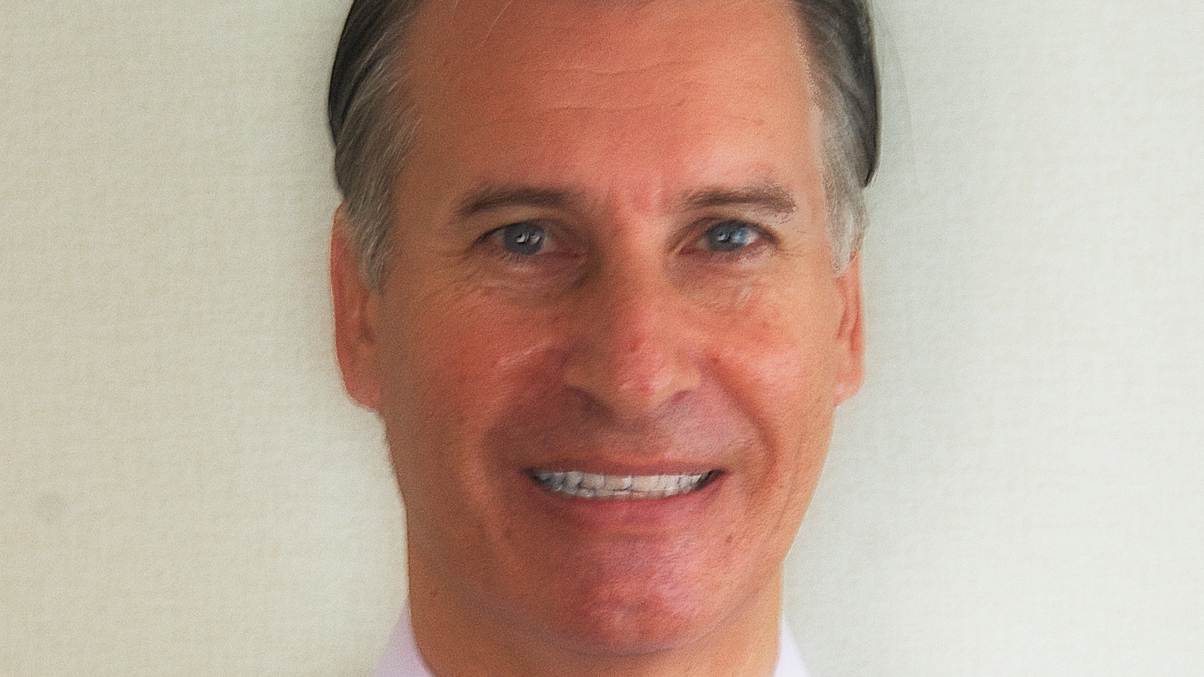Korean hedge funds in modest start with $200 million AUM
Korea's nascent hedge fund industry, in which a dozen managers operate, has good long-term prospects as regulations and prime brokerages evolve, says Misys.

South Korea’s nascent hedge fund industry has gotten off to a modest start, with about a dozen funds now managing an estimated total of $200 million in assets.
Sign in to read on!
Registered users get 2 free articles in 30 days.
Subscribers have full unlimited access to AsianInvestor
Not signed up? New users get 2 free articles per month, plus a 7-day unlimited free trial.
¬ Haymarket Media Limited. All rights reserved.


